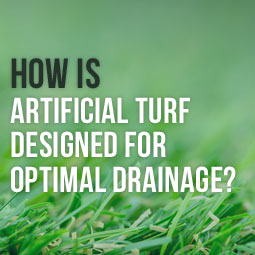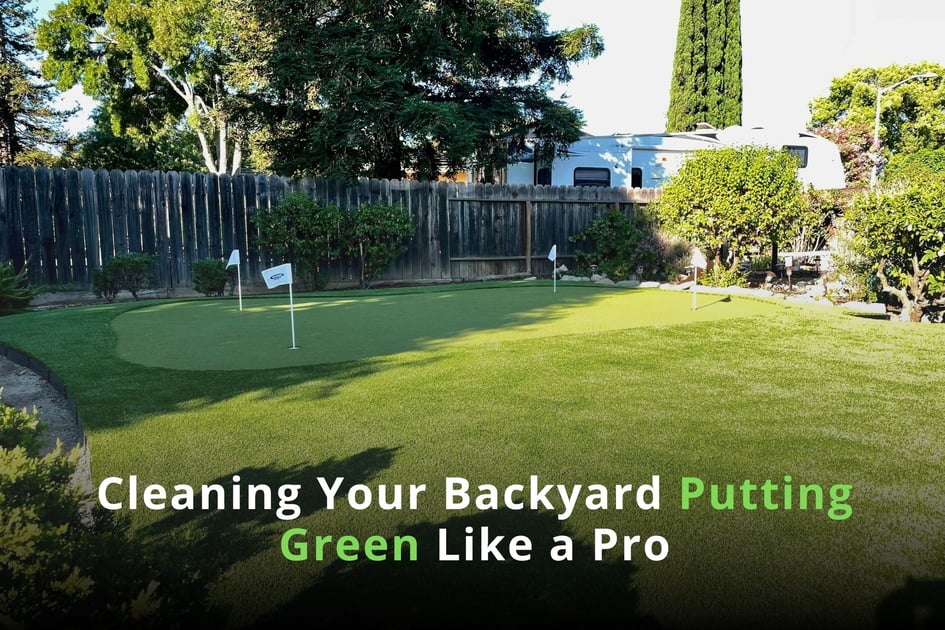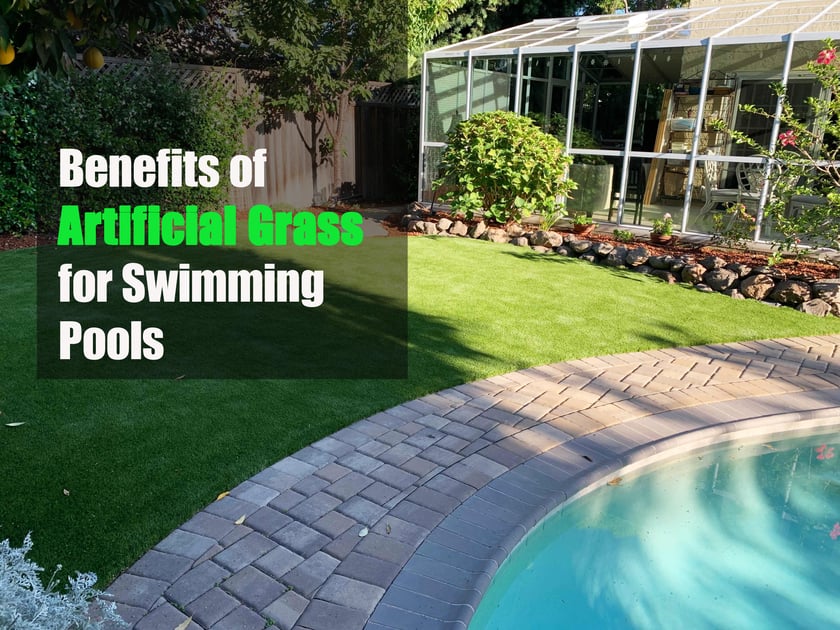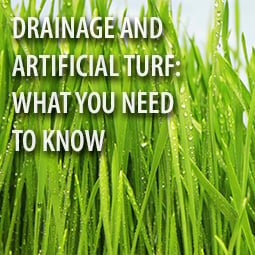 Artificial turf is designed to act as naturally as possible. This is especially true when it comes to managing water flow. When water is allowed to fall on the surface of artificial turf, the goal is that it be allowed to leach through the turf and infill and enter a drainage system designed to carry it away. This prevents puddling and eliminates the chances of water standing in one place for long periods of time. The drainage system for most types of artificial turf act in basically the same way, starting with the mesh backing and ending with the water being carried away or being allowed to leach into the ground naturally.
Artificial turf is designed to act as naturally as possible. This is especially true when it comes to managing water flow. When water is allowed to fall on the surface of artificial turf, the goal is that it be allowed to leach through the turf and infill and enter a drainage system designed to carry it away. This prevents puddling and eliminates the chances of water standing in one place for long periods of time. The drainage system for most types of artificial turf act in basically the same way, starting with the mesh backing and ending with the water being carried away or being allowed to leach into the ground naturally.
Permeable Mesh
Artificial turf is constructed with a dense, fiber mesh as its under-fabric. Some are made of fabric, others have holes at frequent intervals and the most popular is a combination of the two. The fabric is completely permeable, meaning that water easily passes through it, much like a piece of regular fabric. The dense weave of the mesh acts as a foundation in which all of the blades are firmly attached. As with any woven material, there are numerous openings throughout the entire surface making the fabric extremely permeable. This means water can flow through just as quickly as it hits, even when the fibers of the fabric are coated with soft rubber that makes them strong and durable.
Leaching System
The infill, as well as the layer of material that lies directly underneath the turf itself, allows the water or other liquids to leach through. This leaching system draws the moisture downward into small valleys, grooves or ridges that allows it to drain away. The leaching system is extensive and is found throughout the entire area. No matter where the water falls, it is easily leached away through the delicate fingers of the leaching system.
Run Off
The leaching system draws the moisture deep inside the turf set up. As the moisture collects, it begins to follow gravity and work its way outside of the area where the artificial turf is located. When the artificial turf is being installed, the ground is prepared in such away that, even though it may look naturally level on the surface, the area underneath is slightly sloped. This prevents water from being trapped underneath the turf. The water follows the slight slope and eventually is allowed to run off into other drainage systems, like culverts or sewer systems.
Sanitation Concerns
One of the main concerns when water is allowed to drain away is the build up of residue from chemicals or pet waste. While pet urine drains easily away, it leaves behind mineral deposits that can cause odors to build up. Rinsing the areas where pets frequently relieve themselves will help to wash away any residue and also will help to control odors. It is also important to rinse the lawn if any chemicals have been used in the area.
In areas where drought conditions are common, water drainage is rarely a major problem. It is important, however, to make sure that during heavy rains, water will not start to pool or create puddles. Standing water is a breeding ground for mosquitoes and other microbes. If an artificial turf lawn has been installed, the professionals who did the work made sure that the drainage system was properly placed to prevent future problems with moisture. When choosing your artificial turf, ask questions and do your research. This will help you find the best looking turf with the most efficient drainage system for your particular area. Most professional landscapers will be able to walk you through the entire process and help you make an informed decision.












